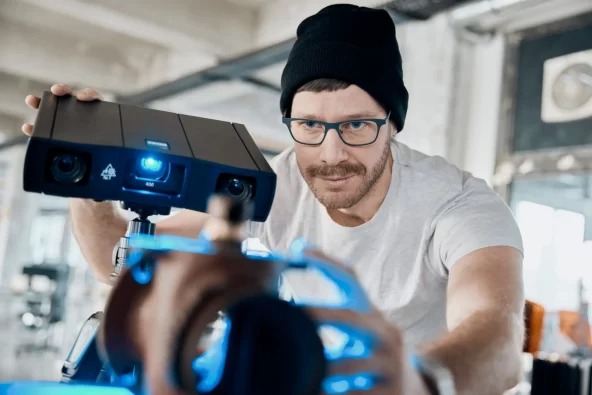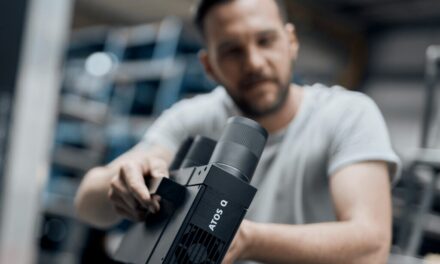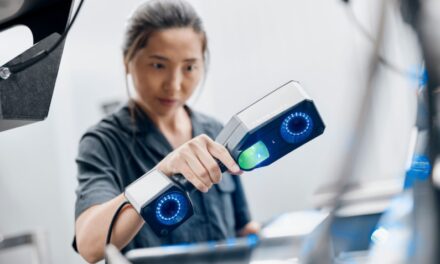Summary. 3D scanner technology streamlines various stages in industry, from concept to quality control. By creating digital replicas, it enhances design precision, speeds up engineering, and ensures product quality. Integrating 3D scanning improves efficiency, saving time and money across diverse sectors.
Revolutionising Industries with Central Scanning’s 3D Scanner Technology
Industries across the globe have integrated 3D scanning systems into their processes. Whether for industrial engineering, design, manufacturing, or consumer uses such as medicine, art, and general product development, 3D scanning can save both time and money. This innovative technology reduces design and production times and cuts costs on materials and labor. Whatever your industry, integrating 3D scanner technology can enhance your workflows. Let’s explore how different sectors benefit from 3D scanners.
Conceptualisation: Bridging Ideas and Reality
All industries start with an initial concept phase, where designers need to successfully depict relevant ideas. Here, 3D scanning technology plays a crucial role. By scanning objects and creating digital replicas, designers can easily interpret concepts and visualise design directions. For instance, using the Artec Eva 3D scanner allows for the capture of intricate details, enabling a clear representation of initial ideas.
Design: Precision and Speed in Creation
Once initial concepts are established, designers move to detailed design phases using CAD (computer-aided design) programs. Designers often work from existing products or objects, quickly scanning and digitising prototypes using 3D scanners. This process, facilitated by tools like the Artec Leo, significantly decreases the time required to create complex designs while increasing accuracy in details, shapes, and sizing. The precision of Artec Leo ensures all angles of an object are measured accurately, producing a faultless digital replica.
Engineering: Direct Transition to Innovation
3D scanning enables a seamless transition from conceptualisation to engineering, especially when working from a base product. Scanned physical objects, digitized with scanners like the Artec Ray II, allow engineers to directly move to analysis and modification phases. This tool’s high accuracy is invaluable in performing engineering analyses on a variety of existing manufactured products, making modifications more efficient and precise.
Quality Control: Ensuring Excellence
Quality control is essential, and 3D scanning provides a time- and money-saving solution. Handheld and stationary 3D scanners, such as the Artec Space Spider, analyse manufactured parts with high precision. Traditional manufacturing settings often miss faults, but 3D scanning can quickly and accurately assess shapes and sizes, identifying issues before they cause problems. This technology is often used alongside specialised statistical analysis programs, ensuring consistency and predictability in manufacturing processes.
Tailored Solutions for Diverse Industries
From aerospace and automotive to healthcare and cultural heritage preservation, sectors worldwide are reaping the benefits. For instance, the Artec Micro II excels in scanning small objects with exceptional detail, ideal for applications requiring high precision such as jewelry design and dental prosthetics. Meanwhile, the Artec Eva Lite offers a cost-effective solution focusing on geometric capture, perfect for educational institutions and budget-conscious users.
Central Scanning: Your Partner in 3D Scanning Excellence
At Central Scanning, we are committed to helping industries leverage the power of 3D scanning technology. Whether you need guidance on selecting the right scanner or support in using one you already own, our 3D scanning specialists are here to assist.
Explore our range of products, including the Artec Eva, Artec Leo, Artec Ray II, Artec Micro II, and Artec Space Spider, and see how they can transform your projects. Contact us today to learn more or to schedule a demonstration.
Visit us at: www.central-scanning.co.uk
Conclusion
Integrating 3D scanning into your processes not only saves time and money at every stage of product development but also makes each stage more efficient and accessible. This technology is shaping the future of design, development, prototyping, engineering, and beyond.
To read the original article please see here




